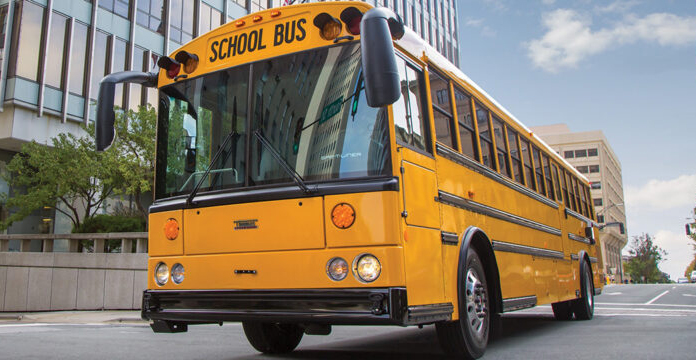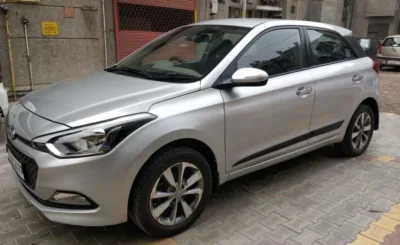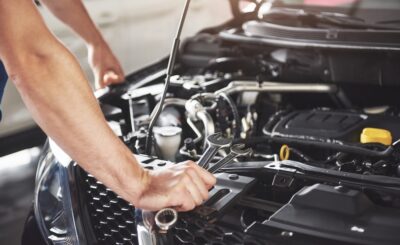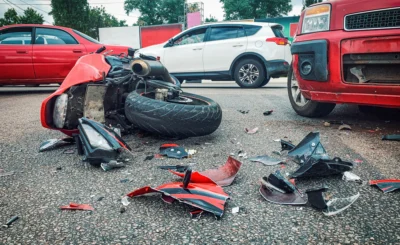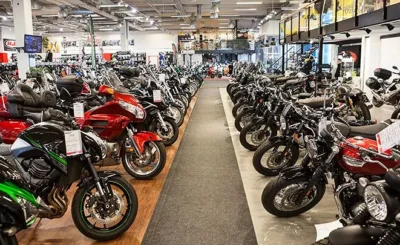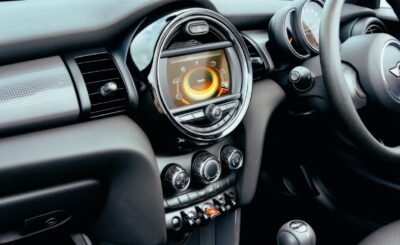There are many solid reasons to purchase a bus, but it might be challenging to pick the best one. Whether you are purchasing a fleet of buses or just your first, there are many factors to consider. On the other hand, perhaps you’re expanding the fleet. You might either purchase a brand-new bus for sale or search for a used bus sale. To guarantee that you not only get a decent bargain but also that you obtain the correct kind of bus for your purposes, there are a few things that you should ask yourself. Let’s look at a couple of these issues and points to think about.
Condition
When you’ve finished your examination, check the bus’s condition; this is crucial if you’re considering buying a second-hand bus. Examine the interior, drivetrain, and frame to see whether they are in excellent shape.
Check to see if the bus has been well-maintained throughout time. Inspect the bus’s interior for wear and tear and any other problems. Check for corrosion between the joints and examine the interior elements, such as HVAC systems and audio equipment, to ensure they are operational.
Advanced amenities
Buses designed to travel for a long time would naturally feature additional facilities, such as television screens, individual air conditioners for each seat, and even wireless internet connectivity to guarantee that all passengers can stay in touch with their friends and family during the whole journey.
Engine and Transmission Condition
Make sure you test drive the bus before purchasing it. Some gearboxes start well but slide as they approach higher levels. In this day and age, automatic transmissions are favored over manual transmissions. Thus, it is prudent to select the desired one. The same applies to engines; diesel engines perform better under larger loads. When choosing an engine, consider its fuel economy and weight.
Sizes and Space
It would help if you thought about the space and size of the vehicle. Make sure that the bus you purchase meets your needs. Choose a bus with an overhead and rear entry storage area. The bus should also have a suitable seating capacity, with a conventional bus seating capacity of 30.
Body Type
The body type is a matter of desire rather than necessarily being a problem. Ask your vendor any questions regarding the body design since some bus body manufacturers provide more robust shells than others. One thing you should consider is where to put the entry door. You could wind up giving up one or two additional seats if the entry and departure are more in the middle.
Storage
Some bus body designs offer overhead storage space, while others have a storage area with a rear door. Before purchasing, choose the location for your storage unit. Some dealers provide floor-mounted baggage racks and overhead storage racks.
Vehicle Life
It takes an average vehicle eight to ten years to reach its end of life. The least maintained vehicles in the country are said to be shuttle cars. A crucial component of ministry transportation is confirming and upholding a continuous commitment to maintaining frequent safety and service checks. Where is the car going to be parked? An oversized garage, barn, or shed can enhance the property’s appeal and the vehicle’s trade-in value in the future. For dependability and safety, tire maintenance and condition are essential.


